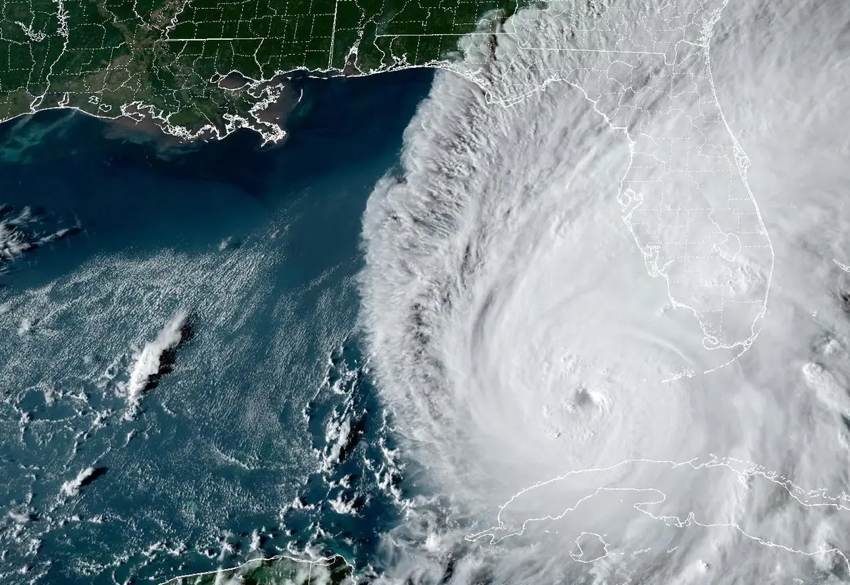Climate variability to drive hurricane risk, demand for ILS capital: Twelve Capital & Reask

Climate variability is expected to drive US hurricane landfall risk premia higher, resulting in an increasing demand for insurance-linked securities (ILS) capital, according to a new paper from Twelve Capital and Reask.
Twelve Capital, the Zurich headquartered investment manager of insurance-linked securities (ILS), insurance and reinsurance linked investments, has been working with Reask, a catastrophe modelling, climate analytics and data company that uses machine learning techniques and artificial intelligence, since 2018.
The pair have focused on hurricane exposures and the influence of climate variability and climate change on them, putting Reask’s technology to work alongside Twelve Capital’s management of portfolios of catastrophe risk exposed ILS instruments and catastrophe bonds, in an effort to gain an edge.
Both parties believe that advancements in technology and computing power can enhance ILS investment management and the two companies have also been generous in sharing research insights gleaned from their work, the latest of which is a paper on hurricane landfall risk in a changing climate.
With US hurricane risk by far the most dominant of the global peak peril catastrophe exposures in the ILS investment space, the paper explains that, “A profound understanding of the impact of climate change on the risk of ILS portfolios is crucial for attractive long term investment returns.”
Twelve Capital said that, through its research collaboration with Reask, it expects “a modest increase in North Atlantic Hurricane risk over the coming decades as a consequence of climate change.”
However, this increased risk of hurricane impacts will not be evenly felt across the US coastline, the pair believe.
Interestingly, work with future projected global climate model simulations suggests that the East Coast (north of South Carolina) could actually see larger increases in hurricane landfall risk relative to the Florida and Gulf coastlines.
Sea surface temperature and wind shear are two key factors in the modelled output that suggests a rising risk of US east coast hurricane landfalls, according to Twelve Capital and Reask’s paper.
The reasons being, that in climate simulations looking further into the future, warmer sea surface temperatures, sufficiently warm to fuel hurricane intensity, extend further north along the US eastern seaboard, while wind shear is seen to be lower further north driving more favourable conditions for hurricane formation and intensification.
It’s important to note, that the research paper also suggests an increasing landfall risk for Florida and the Gulf Coast in climate simulations looking out to 2040 and 2060, but the increase in risk is seen to be highest for the US east coast region.
In fact, looking out to 2040-2060, the landfall risk for major hurricanes could double or more for the US east coast, while potentially rising as much as 98% for Florida as well.
We’d encourage you to download the full paper, which can be accessed via the Twelve Capital website here.
As US landfall risk shifts and climate simulations forecast it to increase, the risk will shift for the ILS and reinsurance industry, while also driving a need for higher risk premia and more capacity to support underwriting hurricane exposed property risks.
“Forward looking views of landfall risk under possible future climates provide much needed insights into how to potentially assess longer term risk-adjusted price movements or how risk can be managed through portfolio diversification,” Twelve Capital explained.
Adding that, “Climate variability will likely continue to drive US hurricane risk premia with increased demand for ILS capital to help the (re)insurance industry manage capital-intensive peak peril US Hurricane exposure.”






